DaVinci Resolve has long been known for how well it utilizes the power of your GPU, but will it benefit from the raw power of the new NVIDIA GeForce RTX 3080 10GB or RTX 3090 24GB video cards?
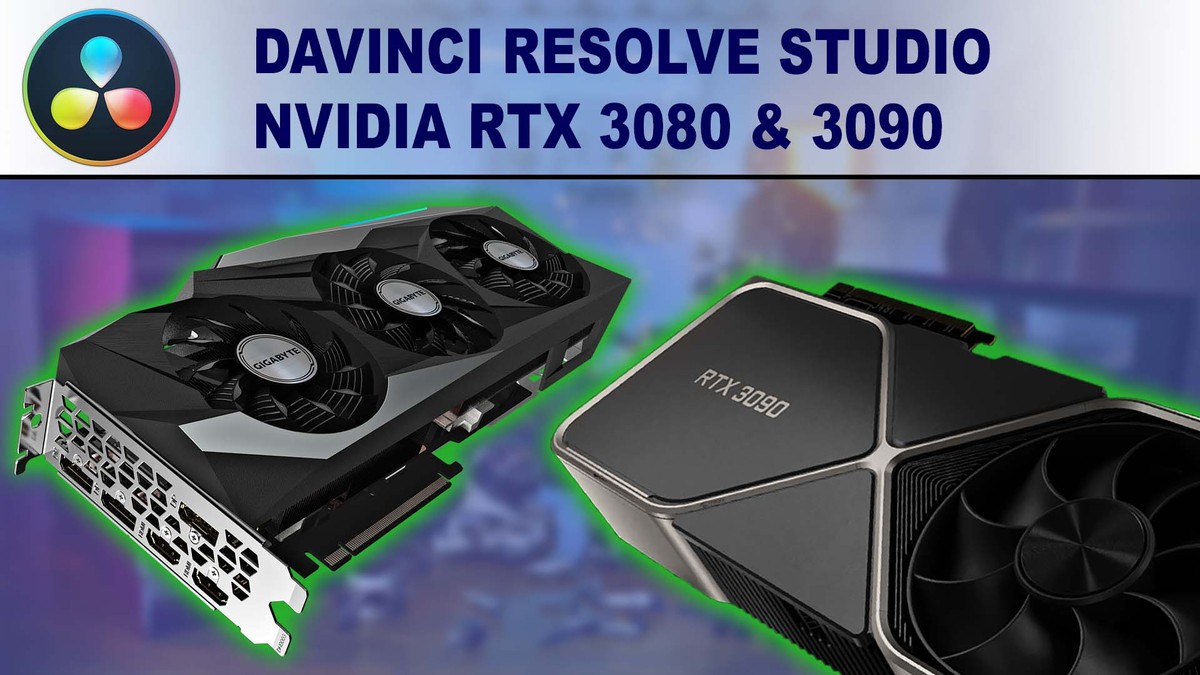

DaVinci Resolve has long been known for how well it utilizes the power of your GPU, but will it benefit from the raw power of the new NVIDIA GeForce RTX 3080 10GB or RTX 3090 24GB video cards?
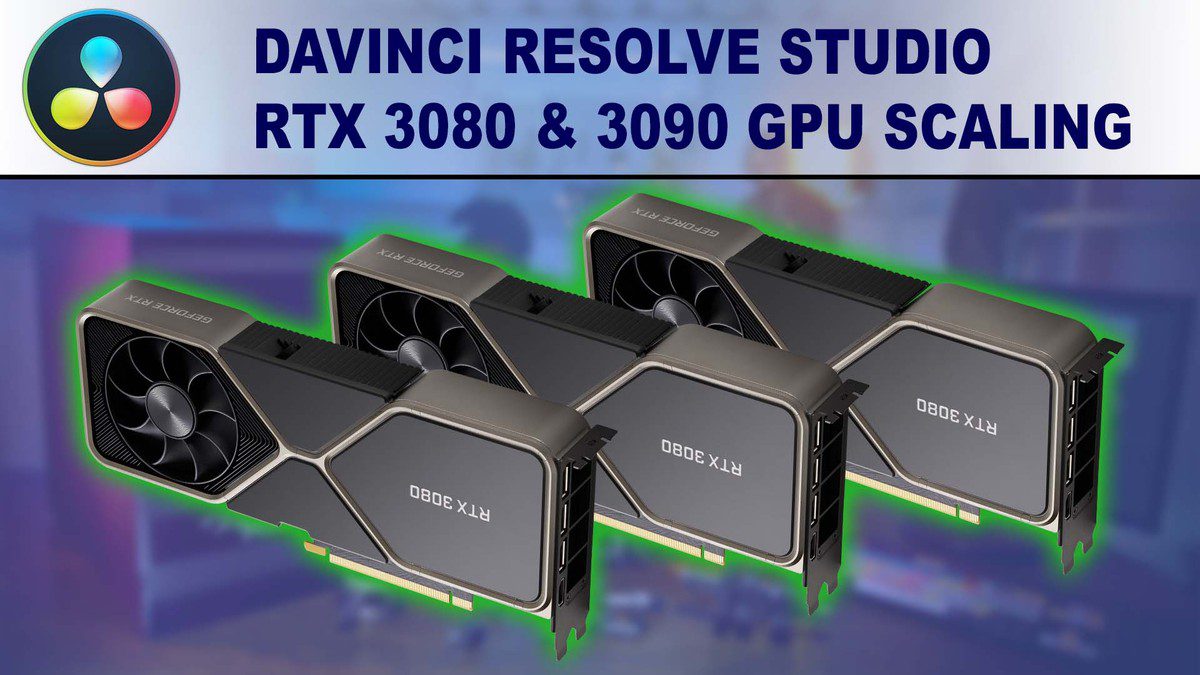
The new NVIDIA GeForce RTX 3080 10GB and RTX 3090 24GB provide terrific performance in DaVinci Resolve Studio, but most power users will want two or more GPUs in order to further increase performance. Do these GPUs work well in multi-GPU configurations, or are the new cards unsuitable for this kind of setup?
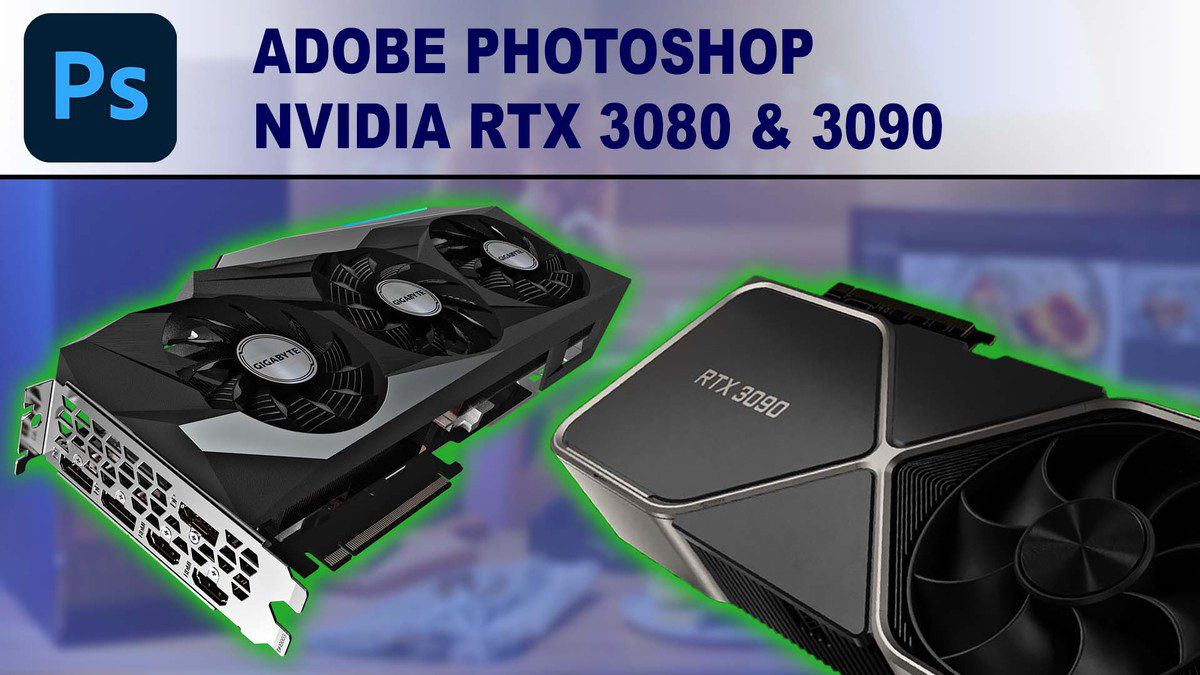
The RTX 3000 series cards are here, with NVIDIA boasting significant performance gains over the previous generation. While Photoshop does boast a number of effects that utilize the GPU, these effects tend to perform roughly the same independent of what GPU you use. Does this mean the new RTX 3080 and 3090 are not useful for Photoshop, or will they surprise us with higher performance?
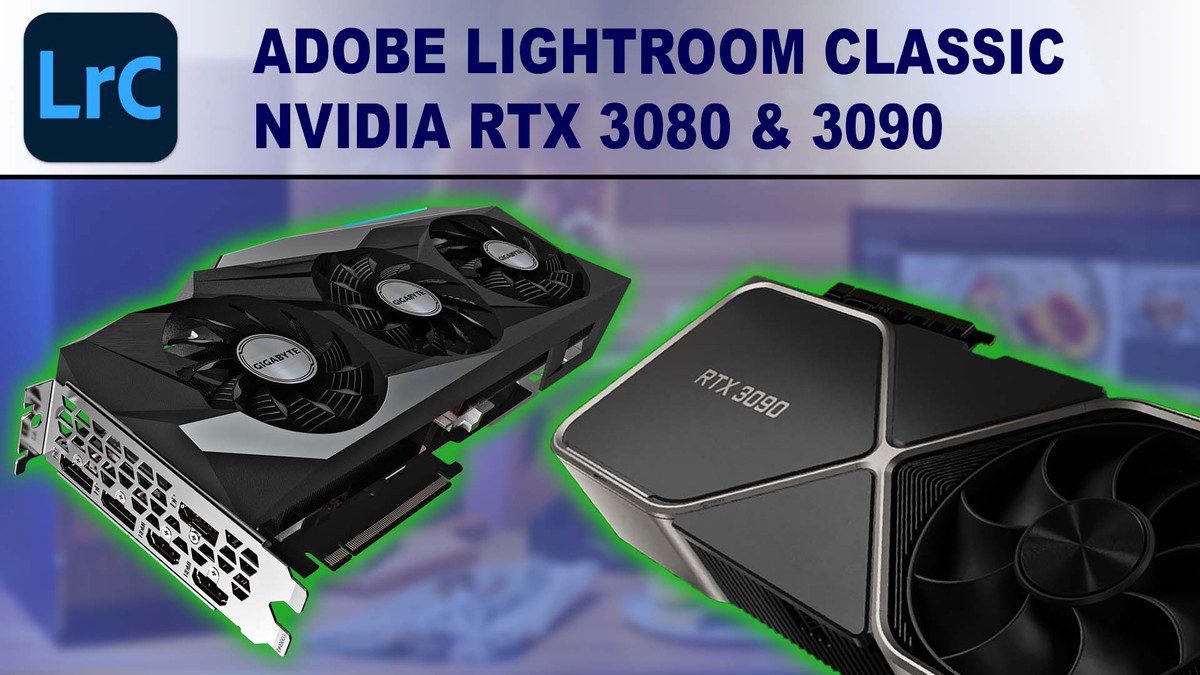
While applications like Lightroom Classic utilize the GPU to accelerate a number of tasks, investing in a high-end GPU generally doesn’t net you much performance gain. With NVIDIA’s new RTX 3080 and 3090 cards, will this continue to hold true, or is there a reason to invest in one of these new GPUs?

After Effects is primarily limited by the performance of your CPU, but recent improvements by Adobe has made the GPU increasingly important. With NVIDIA’s new RTX 3080 10GB and 3090 24GB video cards bringing significantly higher raw performance to the table, will this translate into improved performance in After Effects?
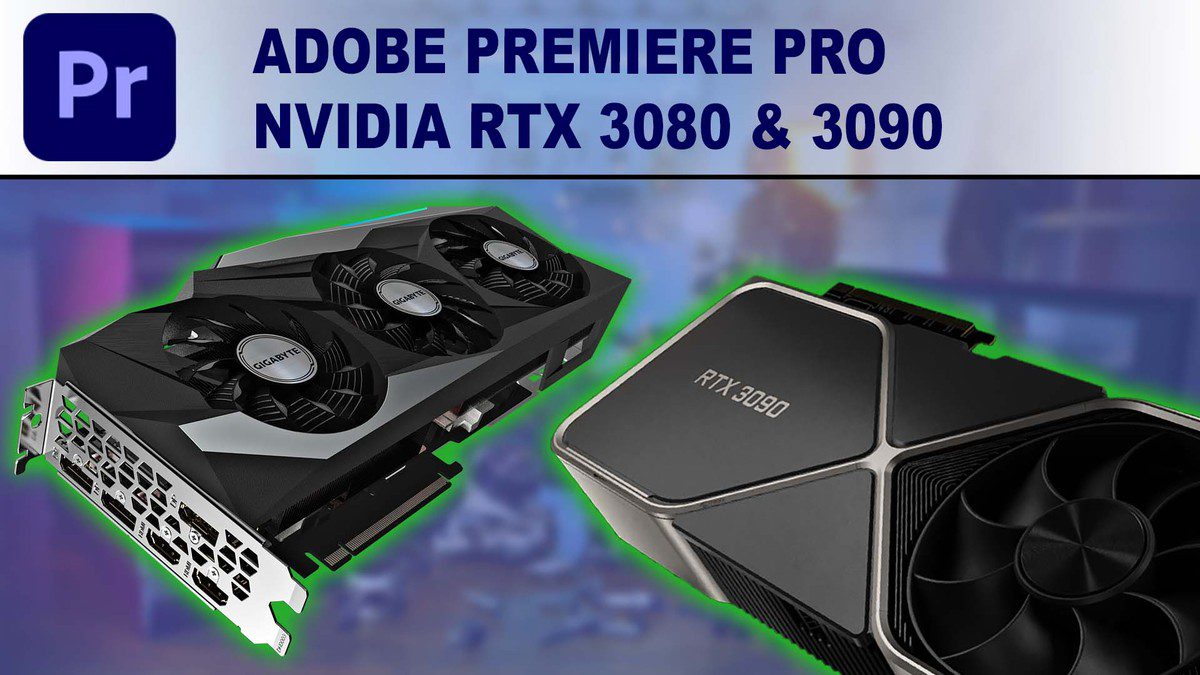
Adobe has been focusing fairly heavily on GPU performance in the latest versions of Premiere Pro, adding more GPU accelerated effects as well as GPU-based hardware encoding. NVIDIA’s new RTX 3080 10GB and RTX 3090 24GB cards are touted as having significant performance advantages over previous generations, but will this make any difference for the typical Premiere Pro user?